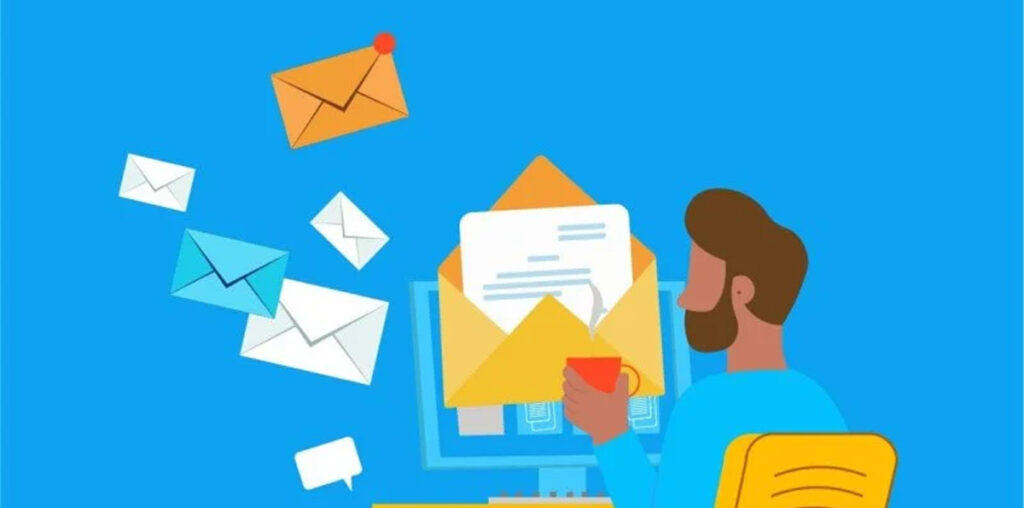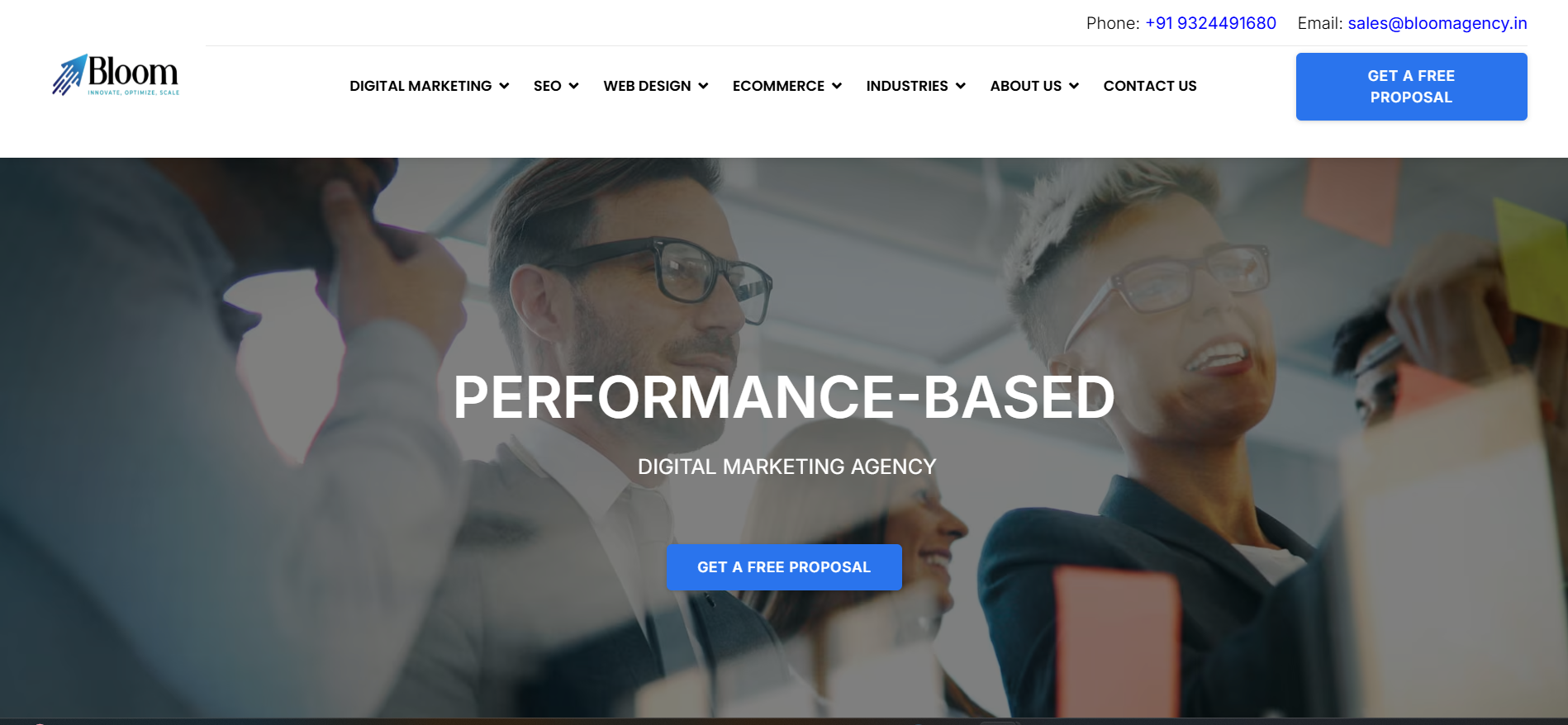When it comes to email marketing, learning how to send bulk emails effectively can make or break your campaign. Done right, it boosts engagement, drives conversions, and maintains a solid sender reputation. Done wrong, it lands you in the spam folder.
So, how can you do it right? In this guide, we’ll walk you through each step, explain best practices, and help you avoid common pitfalls all while highlighting the importance of deliverability and personalization.
Why Sending Bulk Emails Matters
To begin with, bulk emailing allows businesses to communicate efficiently with large audiences. Whether you’re sending newsletters, promotions, or updates, the process needs to be streamlined. However, quantity should never compromise quality. This is where knowing how to send bulk emails properly comes in.
Bulk email is not just about volume it’s about results. Companies across the globe rely on bulk emails to stay in touch with customers, promote offers, and announce changes. When handled correctly, bulk emails can be the most cost-effective marketing channel in your arsenal.
Step-by-Step: How to Send Bulk Emails the Right Way
- Choose a Reliable Email Service Provider (ESP)
First and foremost, avoid sending emails manually through Gmail or Outlook. These platforms are not designed for mass email campaigns and will likely block your messages. Instead, choose an ESP like Mailchimp, Sendinblue, or Boost Inbox. These platforms are specifically built to handle high-volume email sending with built-in spam filters and analytics.
Using a professional ESP also gives you access to advanced features like automation, segmentation, A/B testing, and real-time performance tracking. These tools are essential for improving your campaign’s efficiency and results.
- Build a Permission-Based Email List
Never, under any circumstances, purchase email lists. Always gather addresses organically through sign-up forms, gated content, or opt-in checkboxes. Sending emails to uninterested or invalid contacts damages your domain’s reputation.
Permission-based lists have significantly higher open and click rates compared to purchased or scraped lists. Not to mention, they help you stay compliant with laws like GDPR, CAN-SPAM, and CASL.
- Segment Your List for Better Engagement
Segmentation improves personalization, which in turn boosts engagement. Divide your audience by demographics, purchase history, behavior, or location. When recipients feel the content speaks directly to them, open rates soar.
For example, you can send different emails to first-time customers vs. returning buyers. Or, you might create separate campaigns for leads in different geographic locations. By doing so, you enhance relevance and engagement.
- Craft a Clear and Engaging Message
Subject lines are the first impression. Make them short, clear, and enticing. Inside the email, write in active voice, keep paragraphs concise, and include a strong CTA (Call to Action). Additionally, always include an unsubscribe link.
Be mindful of your email copy’s tone and format. Use bullet points, bold text, and headers to make the message scannable. Ensure your CTA is prominent and action-oriented, such as “Shop Now,” “Learn More,” or “Claim Your Discount.”
- Use Personalization Tokens
If your ESP allows it, include the recipient’s name or company in the subject line or greeting. This small touch increases the likelihood of your email being opened.
In addition to names, you can personalize based on past activity like recommending products based on browsing history or offering discounts based on previous purchases. These tactics show recipients you understand their needs.
- Authenticate Your Domain
Email authentication protocols such as SPF, DKIM, and DMARC play a critical role. These records prove to inbox providers that your emails are legitimate and reduce the risk of them being marked as spam.
Authentication also protects your domain from spoofing and phishing attacks, which can erode trust in your brand. Setting up these records might sound technical, but most ESPs provide easy-to-follow guides or support.
- Test Before You Send
Always send test emails to yourself and your team. Use inbox preview tools to ensure compatibility across devices and email clients. Additionally, test different subject lines and layouts using A/B testing.
Previewing helps you catch broken links, typos, and formatting issues. A/B testing, on the other hand, allows you to understand what resonates best with your audience leading to better performance over time.
- Monitor Your Email Metrics
Track opens, clicks, bounces, and unsubscribes. If your bounce rate is high or your open rate is low, it’s time to revisit your strategy.
Tools like Boost Inbox provide real-time analytics, helping you identify what’s working and what’s not. Use this data to fine-tune your campaigns and continuously improve your ROI.
Common Mistakes to Avoid
- Sending from a free domain (e.g., Gmail)
- Not including an unsubscribe link
- Using spammy words like “Buy now” or “Free”
- Ignoring mobile responsiveness
- Sending the same content to everyone
Advanced Tips for Maximum Deliverability
To truly master how to send bulk emails, go beyond the basics:
- Warm-up your IP address: If you’re just starting, slowly increase your sending volume to build a good sender reputation.
- Clean your list regularly: Remove inactive or bounced addresses.
- Engage frequently: Don’t let your list go cold. Send useful content consistently.
- Avoid spam traps: Never send to unverified or suspicious addresses.
Final Thoughts
Mastering how to send bulk emails requires a strategic approach. It’s not just about sending messages; it’s about delivering value, maintaining trust, and optimizing for results. Stick to the best practices above, and you’ll keep your emails out of the spam folder and right in front of your audience.
By using the right tools, following legal guidelines, and focusing on personalization, you’ll see better results with every campaign. Email marketing isn’t dead it’s evolving. And those who know how to adapt will thrive.


